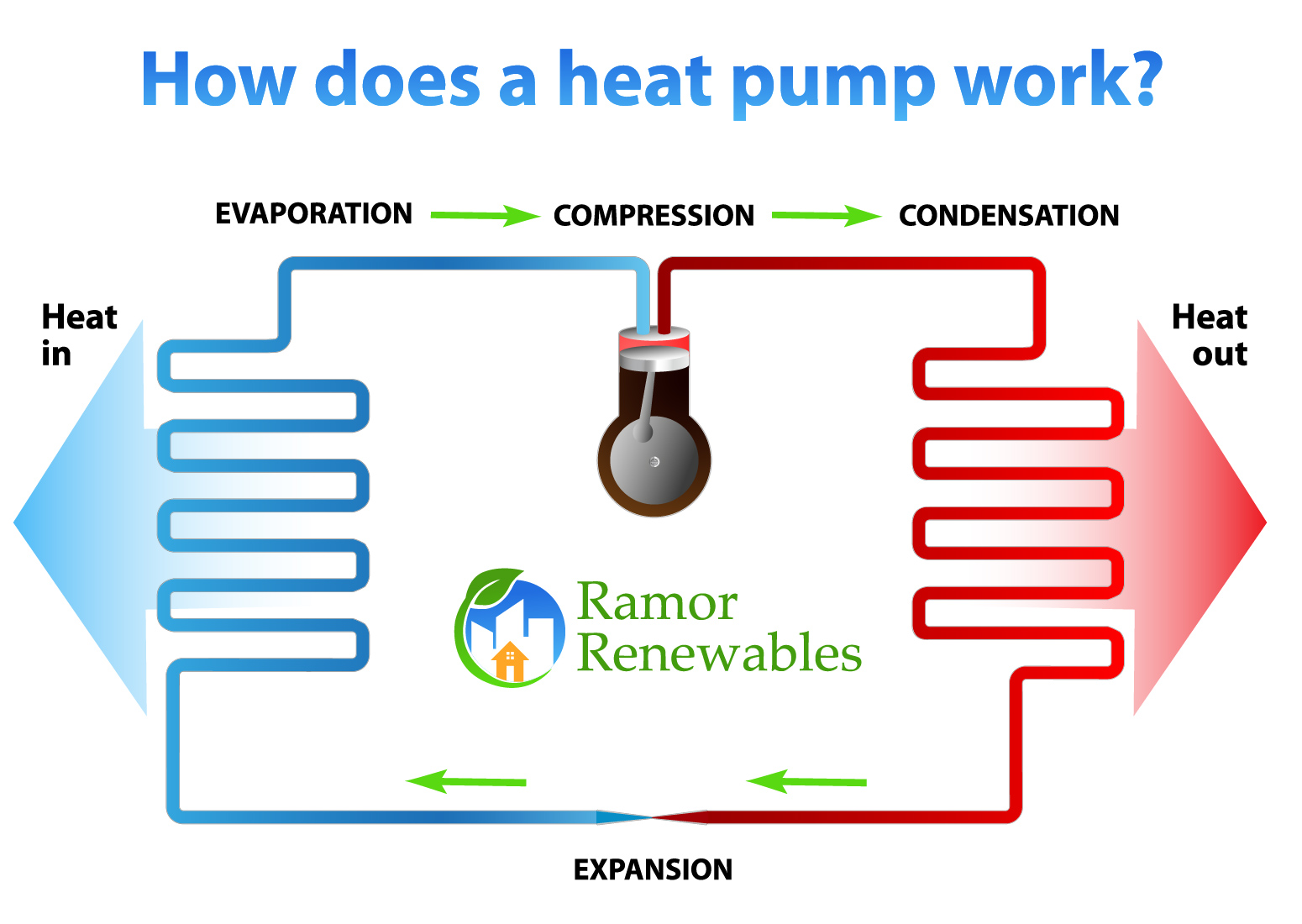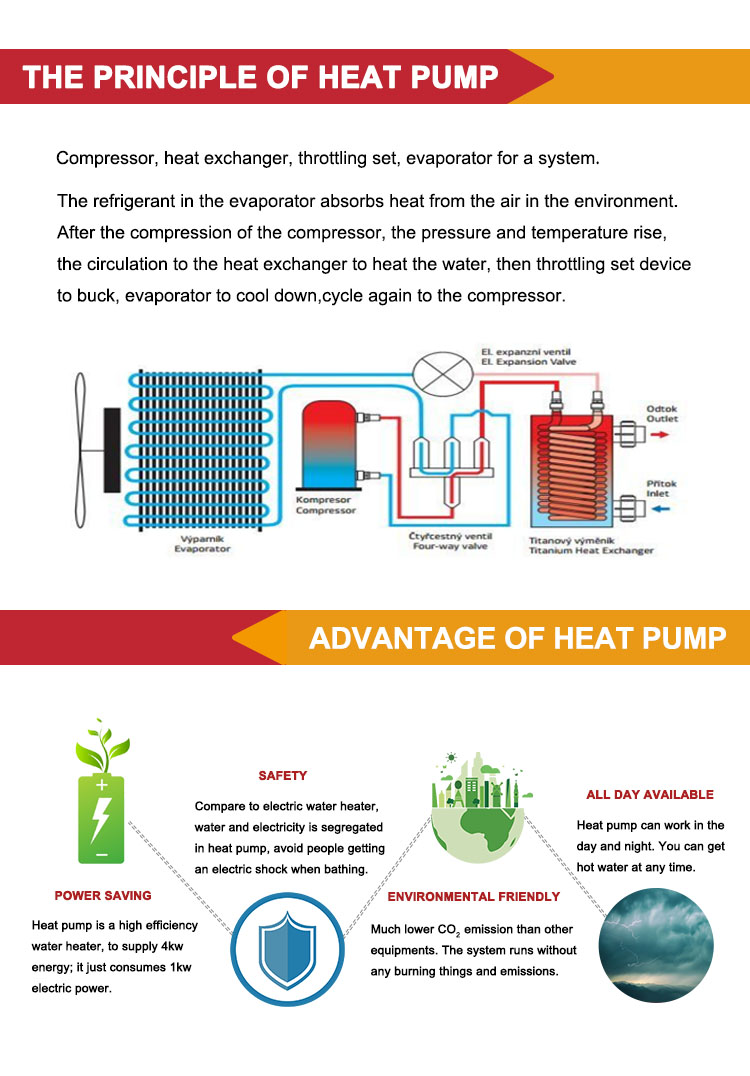Title: Can Hot Compresses Help with Engorgement?
Hot compresses can help with engorgement by increasing blood flow to the area and reducing swelling. They are often used to treat minor injuries and sore muscles, but can also be effective for relieving engorgement caused by conditions such as varicose veins or lymphatic obstruction. However, it is important to consult a healthcare professional before using hot compresses to treat engorgement, as they can cause burns or further damage if not used correctly.
Engorgement, commonly known as "full milk", is a common discomfort experienced by many breastfeeding mothers. It occurs when the milk ducts in the breasts become clogged, usually due to inadequate drainage or a build-up of milk supply. This condition can cause significant discomfort and even pain, affecting both the mother's physical health and her ability to effectively breastfeed her baby.

One of the most commonly recommended remedies for engorgement is the use of hot compresses. Hot compresses are believed to help relax the muscles around the milk ducts, improving milk flow and reducing discomfort. They also increase blood flow to the area, helping to reduce inflammation and promote healing. However, the use of hot compresses for engorgement has not been widely studied, and there is limited scientific evidence to support its effectiveness.
In this article, we will explore the use of hot compresses for engorgement, including their potential benefits and risks. We will also look at alternative treatment options and when to seek professional medical advice.
What are Hot Compresses?
Hot compresses are moist heat applied to a specific area of the body. They are usually made by soaking a cloth or towel in warm water and then applying it to the skin. The warm heat helps to relax muscles, improve blood flow, and reduce discomfort.
How do Hot Compresses Work for Engorgement?
The theory behind using hot compresses for engorgement is that the warmth helps to relax the muscles around the milk ducts, improving milk flow and reducing discomfort. The increased blood flow can also help reduce inflammation and promote healing. However, as mentioned earlier, there is limited scientific evidence to support this theory.
What are the Potential Benefits of Using Hot Compresses for Engorgement?
Some of the potential benefits of using hot compresses for engorgement include:
1、Improved milk flow: The warmth from the compresses may help to relax the muscles around the milk ducts, improving milk flow.

2、Reduced discomfort: The increased blood flow and muscle relaxation may help to reduce the discomfort associated with engorgement.
3、Faster recovery: By reducing inflammation and promoting healing, hot compresses may help mothers recover from engorgement more quickly.
What are the Potential Risks of Using Hot Compresses for Engorgement?
While hot compresses are generally safe for most mothers, there are some potential risks to consider:
1、Burn risk: If the compress is too hot, it can cause burns to the skin. It is essential to test the temperature of the compress before applying it to the skin.
2、Increase in inflammation: In some cases, the use of hot compresses may actually increase inflammation rather than reduce it. This is more likely to occur in cases of more severe engorgement.
3、Delayed resolution: If used excessively or for prolonged periods, hot compresses may delay the resolution of engorgement. This is because they can cause the milk ducts to remain dilated, making it more difficult for them to contract and drain properly.
Alternative Treatment Options for Engorgement
If hot compresses are not effective for you or you prefer not to use them, there are other treatment options available:

1、Manual breast massage: This involves gently massaging the breast to help clear clogged ducts and improve milk flow. It can be painful, so it's essential to do it correctly under the guidance of a healthcare professional.
2、Breast pumps: Using a breast pump can help to clear clogged ducts and increase milk supply. Be careful not to overpump, as this can further damage the breasts.
3、Herbs and supplements: Some herbs and supplements, such as fenugreek and blessed thistle, are claimed to help increase milk supply and relieve engorgement. However, their effectiveness has not been widely studied, and they may not be suitable for all mothers.
4、Lifestyle changes: Changes in diet, exercise, and sleep pattern can also help to relieve engorgement. For example, reducing salt intake and increasing fluid intake can help reduce water retention, while regular exercise can help improve circulation and promote milk drainage.
5、Medications: In severe cases, doctors may prescribe antibiotics or other medications to treat engorgement. These are usually reserved for cases where there is a secondary infection present.
6、Breastfeeding support: Seeking support from a lactation consultant or peer counselor can help mothers find the best way to relieve engorgement and continue successful breastfeeding. They can provide guidance on positioning, latching, and pumping techniques that can help improve milk flow and reduce discomfort.
Articles related to the knowledge points of this article:
Title: Mastering the Art of Mens Tie Knotting: A Comprehensive Guide for Every Man
The rise of the修身羽绒服: Fashion’s new frontier
Title: Mastering the Art of Dressing for Success: A Guide to Matching a Purple Tie with a Shirt
The jacket on the ski slopes: a symbol of warmth and protection
Title: 20 Creative Tie-dye Techniques for Long Scarves: A Comprehensive Guide



